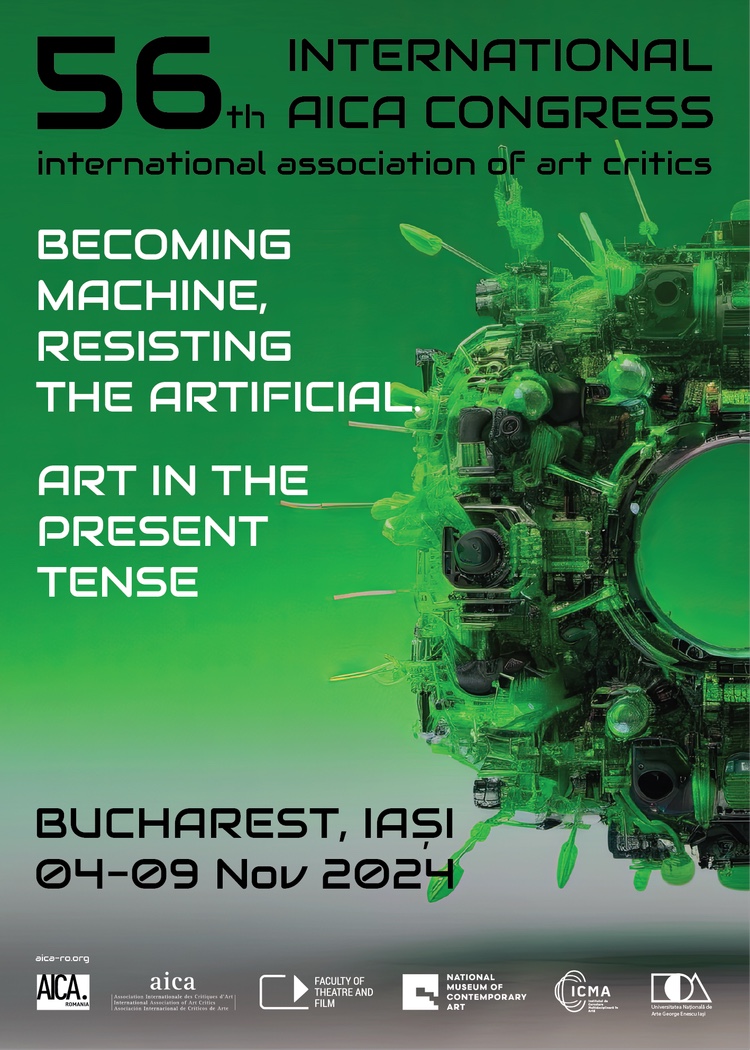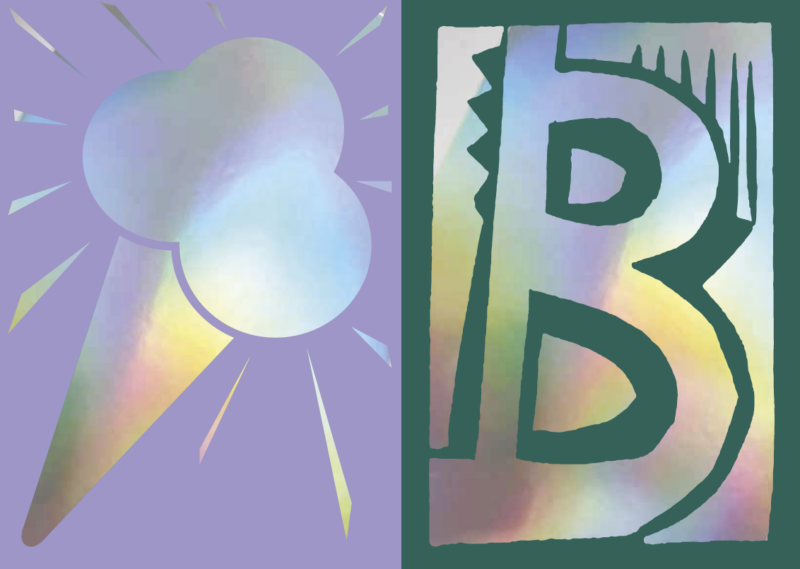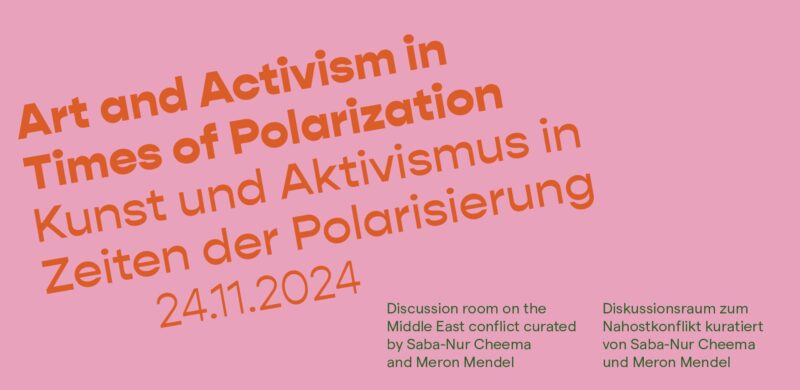Becoming Machine, Resisting the Artificial. Art in the Present Tense

56th international AICA congress
Many recent comments regarding contemporary art making revolve around the increasing presence of digital means of production and distribution. Expressed mostly in a critical voice, in both popular press and scholarly periodicals, such observations address specifically the emergence and growing popularity of various Artificial Intelligence [AI] visualization systems. AI’s capability to transform the “prompts” introduced by the user on the application into practically infinite variations of digital images or text fragments has radically disrupted the traditional role of the artist and of the institutions. Indeed, the partial delegation of the creative act to the machine, and the subsequent conflicting encounter between individual agency and computer control, reopened old – although timely and pertinent – questions related to (artistic) originality, uniqueness, value, authorship, and copyright.
In a world dominated by military conflicts, climate change, migration crisis, fake news, and political rearrangements, the digital ecosystem – in which AI is one among other major actors – plays a crucial role. We, volens nolens, increasingly identify ourselves with the machine, while we employ various strategies of resisting the artificial. Art is an important part of this process. How can art critics and practitioners meet the challenges of present and future digital developments? To what extent do humans and machines share the creative process in these circumstances? To what extent does AI affect established notions and practices related to authorship and the ethics and intellectual property of the art object? How do AI and the fluidity of digital ecosystems affect artists’ (cultural) identity, bodies, and perception? How reliable is the archive and how consistent is the memory in the age of the fake? How does the rise of machine learning and various digital prostheses reflect structural economic disparities between what is called the Global South and technologically advanced societies? How do the recent mechanisms of production and circulation of images impact art criticism? How does digital behavior influence today’s patterns of critique, aesthetic reception, vision, as well as the notion of spectatorship? Can the analogical provide ways to resist the algorithmic transformation of subjectivities as well as the psychopolitical machine of the Big Tech through contemporary art?
We strive for an understanding of the recent digital changes as an integrated part of contemporary society and consider them from different artistic and theoretical perspectives. The theme of the congress is an invitation to reflect, contextualize, uphold, criticize, comment, etc. about the art at the present tense.

